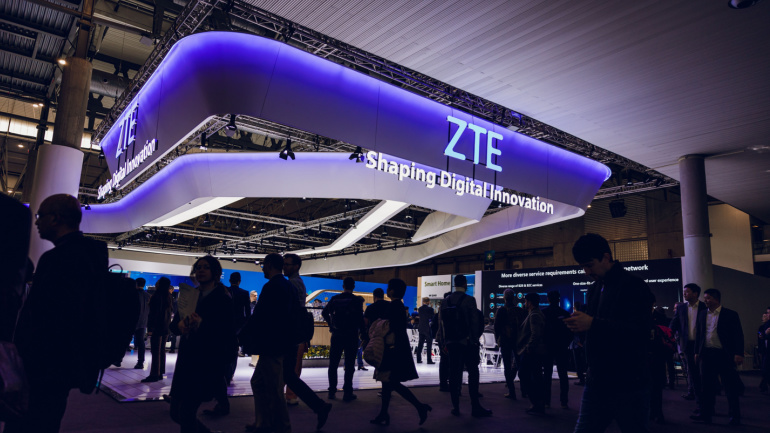The rising popularity of cloud-based systems is no secret. Notably, applications like cloud PCs, cloud phones, cloud gaming, and cloud VR represent a booming segment in the tech industry. Indeed, establishing their value in promoting new services and enhancing operational efficiency these tools also present substantial savings in terminal investments.
Within the television industry, where a multitude of set-top boxes (STBs) have evolved over several decades, cloud terminal tech showcases immense promise. In view of this, ZTE has unveiled the virtual STB (vSTB) solution, a ground-breaking innovation that vaults past conventional terminal limitations impeding TV service development.
The vSTB solution effectively addresses common pain-points such as mediocre service quality, unsatisfactory user experience, and challenging service adaptation associated with operator TV services. Moreover, it eliminates the need for hefty terminal investments. This transformative solution harbors the potential to redefine the TV industry and lay the groundwork for unprecedented business opportunities.
In China, China Mobile holds the reins as the largest operator for mobile, fixed-line, and IPTV services, boasting a subscriber base of 200 million IPTV STB users. Enhancing its edge IDC and network resources, the company has constructed an extensive edge cloud network featuring impressive computing capabilities. Collaborating with business partners like ZTE, China Mobile launched the Cloud-STB product incorporating the vSTB solution.
Cloud-STB capitalizes on China Mobile’s superior computing prowess. Flexible deployment across cloud hosts, OLT’s computing boards, and MEC devices allows for easy accommodation of solution components. With FTTX and 5G FWA network, the Cloud-STB enables streaming of a plethora of TV applications to various terminals.
To illustrate its potential, Cloud-STB has already garnered over 20 million subscribers, accounting for a tenth of China Mobile’s entire IPTV users. Moreover, the unified UI circumvents STBs’ underlying differences, enhancing service operation, and maintenance efficiency.
Interestingly, vSTB also facilitates a smooth run of high-performance computing applications, such as cloud games, cloud VR, and multi-viewpoint video. This significantly broadens the IPTV ecosystem and opens new revenue avenues for operators. Simultaneously, from a user experience perspective, continuous improvements are realized through intelligent UI layout, content recommendations, and refined EPG logic.
In addition to delivering immense value for operators and users, ZTE’s vSTB stands apart from counterparts, owing to several distinct advantages. Primarily, for Android APK virtualization, ZTE’s cloud-based X86-based approach is both economical and accessible. Meanwhile, ZTE’s soft GPU solution does away with the need for a hardware GPU card, permitting X86 CPU for standard 2D rendering. Finally, ZTE’s vSTB supports offloading in-app video playback in the cloud, effectively reducing video quality loss due to decoding and recoding and the resultant computing consumption.







